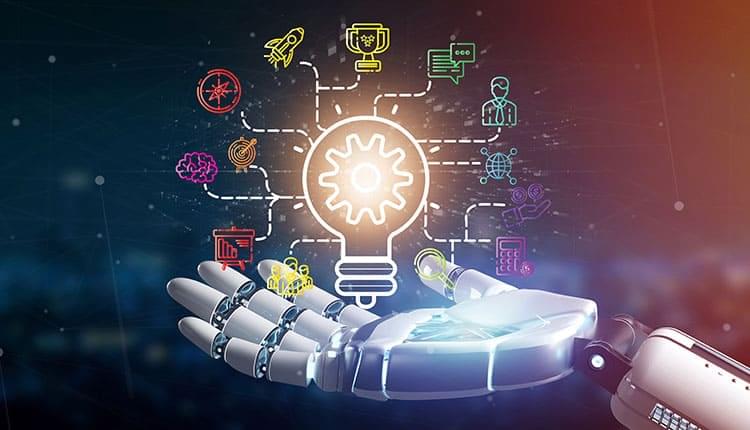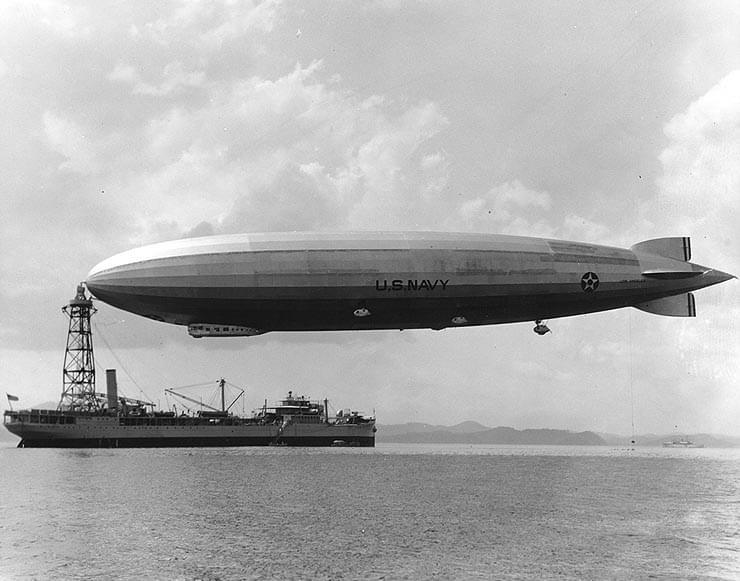This book, ‘The Singularity Is Near’, predicts the future. However, unlike most best-selling futurology books, its author, Kurzweil, is a renowned technology expert. His insights into the future are not technocratic wild fantasies but are rooted in his profound contemplation of technological principles.
This audio informs us that, due to Moore’s Law, the pace of human technological advancement in the future will far exceed our expectations. By 2045, we will reach the technological ‘Singularity’, which will profoundly alter our human condition, and technology may even enable humans to conquer the universe within a millennium.
The author, Ray Kurzweil, is a true tech maestro. He has been inducted into the National Inventors Hall of Fame in the U.S., is a recipient of the National Medal of Technology, holds 13 honorary doctorates, has been lauded by three U.S. presidents, and is dubbed by the media as the ‘rightful heir to Thomas Edison’.
In the audio, you will hear:
Moore’s Law has been around for 40 years; can it continue?
Why is it said that by 2045, humans will reach a technological Singularity?
Why are future humans described as a set of algorithms?
Is artistic creation the last bastion between humans and artificial intelligence?
BookLink:https://amzn.to/45akzPk.




